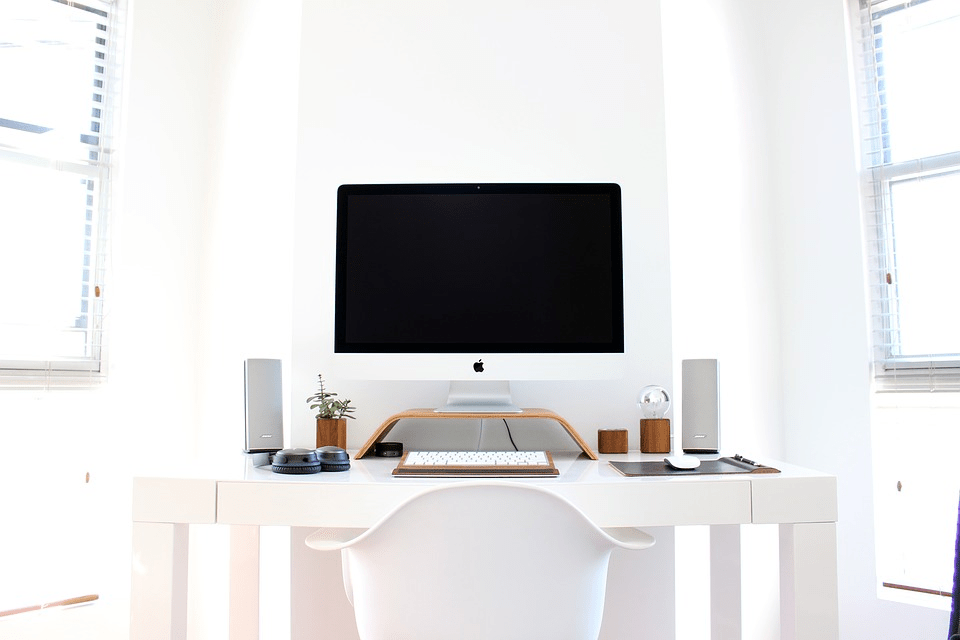
When the global pandemic hit us at the beginning of 2020, remote working or work from home became the new norm. It has affected more than 50% of the workforce worldwide as they transitioned to flexible work arrangements brought about by containing the spread of the virus and compliance with the government’s safety protocols and quarantine guidelines. First and foremost, to achieve a successful setup, a reliable security system like API Security should be applied to your devices. It can offer protection from any online threats therein.
An ergonomically sound design is a harmonious relationship of the worker with their workstation. The workplace should fit the needs of the worker rather than making the worker adjust to the latter. A good ergonomic design can create increased productivity and work output. Below are tips on how to achieve it now.
The proper throne for the king
Back pain and injury attribute to poor seat design. A good and perfectly designed chair should maintain a straight back for the user with a slight 90- to 120-degree bend in the arms and the knees. The back of the user must be in a straight position supported by the chair. The more adjustability feature a chair can offer, the more it is worth the investment.
Ergonomic desks
The desk is the heart of the workplace. An industry recommendation of a desk height of 73 to 75 centimeters (29” +/- 1”) is necessary for a desk to be considered ergonomically sound. An extremely high desk top can cause stress and strain to the forearm, while an overly low desk encourages a user to hunch over, contributing to lower back pain. It is an essential feature of the table that can adjust at any given point throughout the day.
Proper angle and position for the computer monitor
Superior ergonomics for monitor placement are:
- 20-inch distance from the user
- Angled at 10 to 20 degrees
- Topline of the monitor below eye level of the user
Tools are everything
An ergonomically sound keyboard and mouse offers features that keep the position of the arm and hands at a neutral state.
Organization of the workstation
It is integral that the workspace is divided into zones; all are within reach of the worker. It does not matter whether we thrive in a minimalist setup or a cluttered desk space. The tools used frequently must be comfortably within your reach, while less often utilized things should also be easy to locate.
Lifestyle adjustment
The reality of it all is a large portion of our time is dedicated to working. Our workspace should adjust to us. The best results are achieved if a symbiotic relationship exists between the worker and space. A healthy diet promotes a sound body, and a sound body leads to good posture. Work strains can be minimized by good old-fashioned healthy eating and regular exercise.
Ergonomics makes the environment flexible for tasks to adapt to your body, while exercise adapts your body to make it resilient to your work and workspace.
Today is the day to slowly shift to an ergonomically sound workspace. Make one positive adjustment daily, and let these tips guide you.

